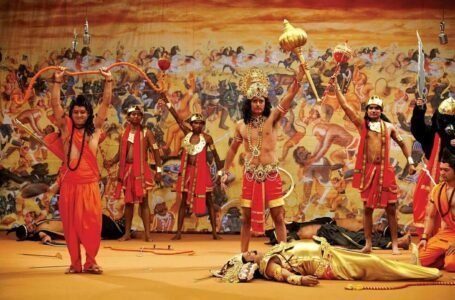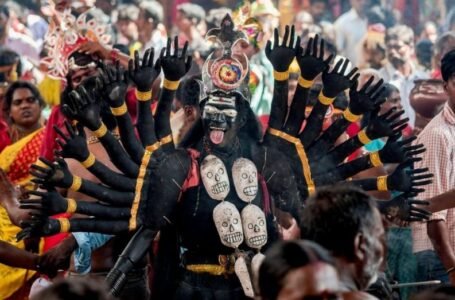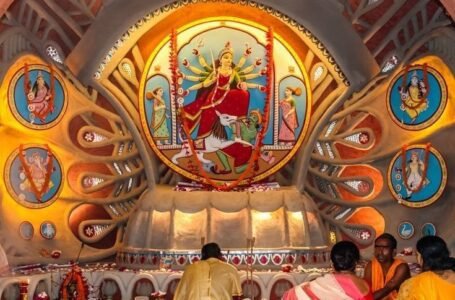SQAY – The traditional martial art form of Kashmir
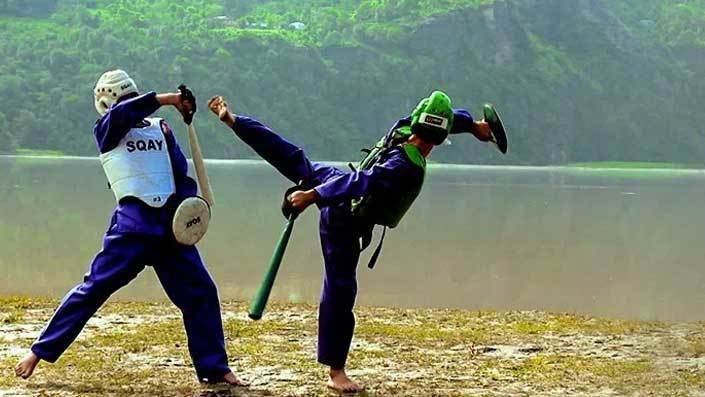
Sqay is the ancient traditional martial art of Kashmir. It has been practised since early man’s time to protect himself and hunt animals for food. It is said that after 3905 B.C, the then king, Diya Dev gave strict instructions for the establishment of an army who were skilled specifically in Sqay. When the storm of Nut A.S had destroyed and uprooted the entire Kashmir, the skills adopted from Sqay helped the people to protect themselves in the wild and hunt for their survival. After witnessing the use of sqay during this catastrophe, the next king of Kashmir made it compulsory for the soldiers to be skilled in Sqay. The rule in Kashmir was followed by many wars by many rulers and they defended the valley with armies skilled in sqay.

By 1819 AD due to the lack of interest and effort shown by the then government, the martial art lost its significance and did not develop the way it should have. It is a practical fighting technique and has a formal physical and mental training method.
The rules and regulations of the game have been framed according to the International Council of Sqay Martial Arts. These rules are applied to all levels of matches played, right from that of the school to the professional. There are weapons used, known as Tura. It is a synthetic fibre stick accompanied by a shield and is made of soft leather. The shield is known as Bargula which is shaped like a ring. Its diameter is 12 to 13 inches for adults whereas for those under 14 years of age is 9 to 19 inches.
A chest guard and a head guard are provided to protect the participant. Both are made of soft leather. Using these two, the opponents’ chest, head and face are protected. The equipment has a standard set by the Sports Authorities, International Council of SQAY or the School Games Federation.
As martial arts belong to the land of Kashmir, the instructions to begin or end a fight are also in the same language. When the referee instructs to begin the fight, he calls out and says Legyasha and when the fight has to be stopped, Wordiga is the word that is used. A match is known as a bout and the duration varies according to the age of the participants. For boys and girls under the age of 14 and girls under the age of 17 and 19, the duration is of 3 minutes. The match time can be extended up to 7 minutes if it is a tie or none of the players has scored a point. For boys under the age of 17 and 19, the time is set to 5 minutes and is extended up to 7 minutes. If there is no point scored until the end of 7 minutes, then the match’s result is decided by sudden death. No, none of the players dies. What it means is that whichever player scores the first point wins. The time duration of a sudden death is one minute which then turns into 2 minutes to the max. If still, no point has been scored then the decision is given by the referees and the chief jury. The decision is based on the techniques used and the precision with which they are used.
The arena in which sqay is practised on mats which are soft in nature. The size differs according to the age category. For boys and girls under 14 and girls under 17 and 19, the size of the mat is 5 meters square. For boys under 17 and 19, it is 6.5 metres.
Just like any other martial arts, even Sqay has a point score system. The basics of martial art are that there should be little to no physical contact and if there is any contact, then not should be on the face and the head. There are points awarded for various techniques and where and how the attack has been made. Dre is a strong and vigorous blow made with good form. To make it happen, there should be proper timing and a correct distance from the opponent. Dha is another form of a blow but it is made with less intensity and accuracy. The reason for it is that it is usually made, it is made when one is usually moving away or towards the opponent. The target is not exactly on point which makes it less effective. The next type of attack is known as Yaw, which is made with a Tura. The perfect time to strike one’s opponent with this is when one attacks and pulls back at the right time. Points are scored if one is able to make the opponent drop the Tura or the Bargula. This is known as Tura Aftaushwa. Kakoday is a foul which occurs when the player steps out of the boundaries of the mat. Muko is used when the player violates the word of the referee by ignoring it or walking away from the game without the permission of the referee. The referee says the word out loud which if violated by the player twice, the word Dasimuko is used. This is a stronger warning, after which Owaza is implied. Owaza is the final word which means that the player has been disqualified. According to the rules, no points are awarded if the blow exceeds the time limit or if the attack is made on the opponent whilst the opponent is outside the mat.
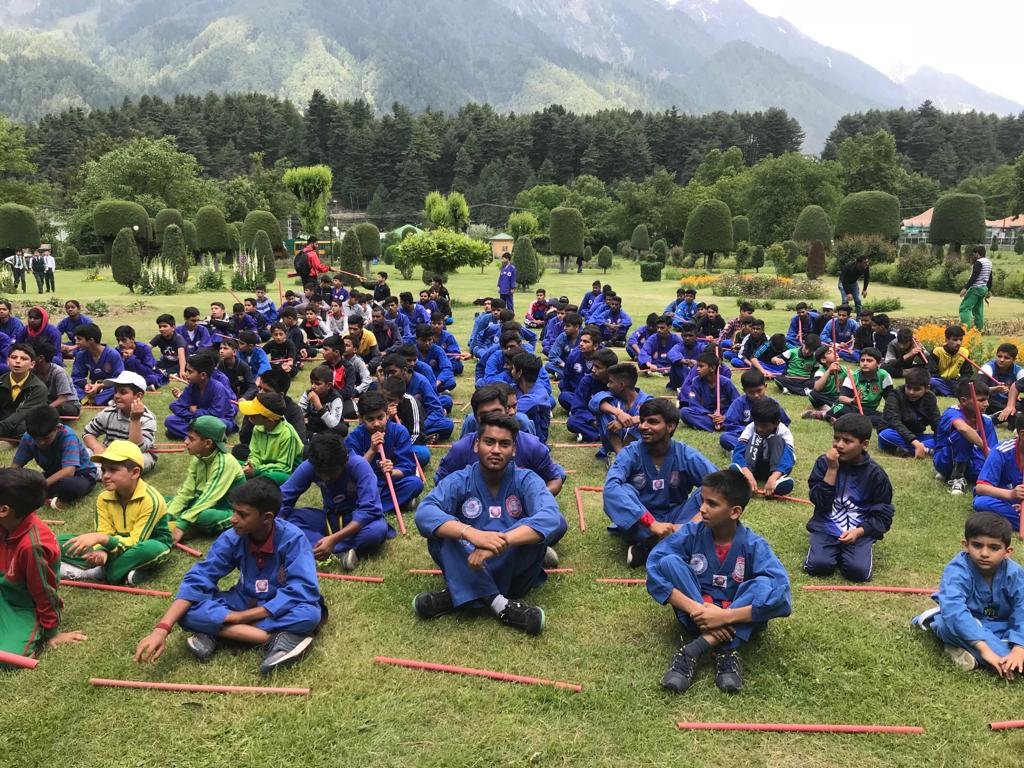
The modern master of this martial art is grandmaster Nazir Ahmad Mir. He has been practising martial art for the last 35 years and has taught thousands of students. He has won many national and international awards not only in sqay but in many other martial arts. He has a master’s degree in five different forms of martial arts and that is why he is known as a grandmaster. He is and should be credited for the revival of Sqay. He has taught thousands of children this martial art and has made sure that this martial art does not die.
